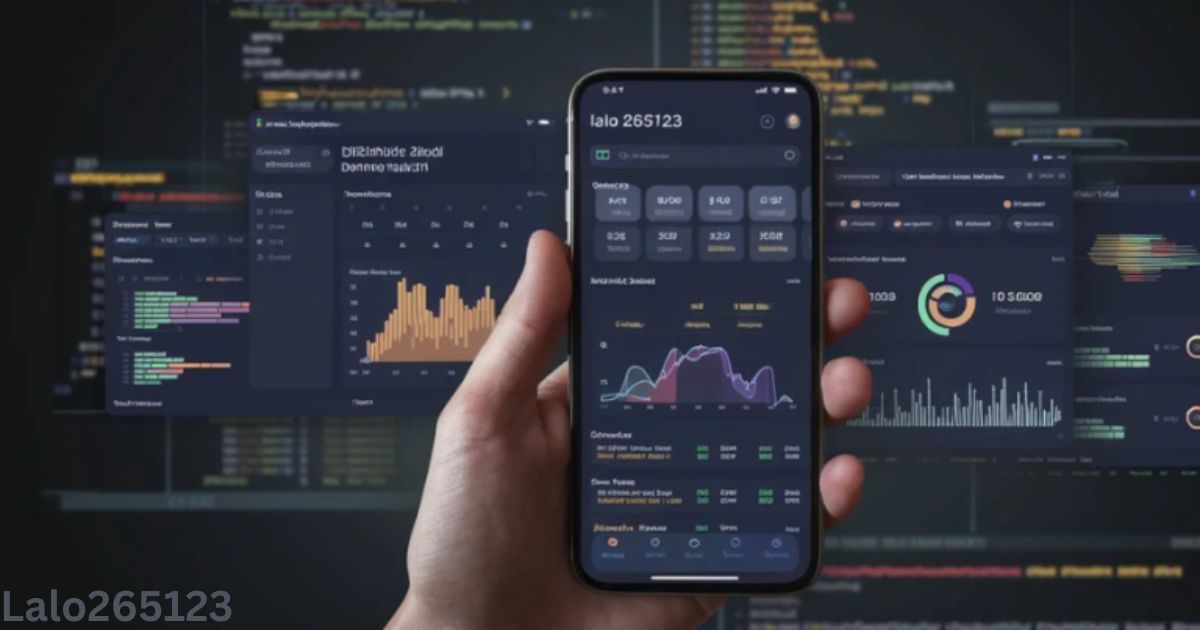Microsoft Lync, now known as Skype for Business, is a popular unified communications tool widely used for professional collaborations. One of its most powerful features is its ability to host conferences or group meetings with various participants. However, managing and modifying these conferences to suit specific needs can be challenging without proper knowledge of Lync conference modifications or “Lync Conf Mods.” In this article, we will explore key techniques to enhance your experience with Lync conferences, focusing on different ways to modify the conference settings to improve communication, productivity, and overall meeting flow.
Understanding Lync Conference Basics
Before diving into conference modifications, it’s important to grasp the basic structure of a Lync conference. Lync conferences allow you to connect with multiple people through audio, video, and instant messaging. Participants can join from various devices such as desktops, mobile phones, and conference room systems. Features such as screen sharing, file transfer, and whiteboards make it a versatile tool for professional communication.
Why Modify Lync Conferences?
Modifying Lync conferences enhances the overall meeting experience. Customizations allow better control over how the meeting is conducted, who can participate, and what features are available. Adjusting meeting settings can help prevent disruptions, manage attendee roles, and fine-tune communication channels.
Enabling Access Control
One of the most significant modifications in Lync conferences is setting access control. You can adjust who can join the meeting directly and who must wait in the lobby for approval. This feature is particularly useful for larger meetings, ensuring that only necessary individuals can join, while maintaining privacy and security.
Assigning Presenter and Attendee Roles
Not every participant in a conference should have the same permissions. Lync allows you to differentiate between presenters and attendees. Presenters can control the meeting settings, share screens, and mute participants. Attendees, on the other hand, have more limited capabilities, which helps maintain focus during the meeting. Assigning these roles appropriately reduces confusion and ensures smoother communication.
Muting Participants to Reduce Noise
Large conferences can often become noisy, especially when multiple participants forget to mute their microphones. To manage this, Lync offers the option to mute participants automatically upon joining. This modification ensures that background noise is minimized and participants can focus on the speaker.
Enabling or Disabling Video Capabilities
Video conferencing is a great feature, but it can be unnecessary or disruptive in some scenarios. If you prefer to keep the focus on audio discussions or if bandwidth is limited, you can disable video for certain participants or for the entire conference. Conversely, enabling video for all participants can create a more engaging and personal atmosphere in smaller, more intimate meetings.
Customizing Meeting Invitations
The way you invite participants to a Lync conference can be personalized through modifications. Custom meeting invitations allow you to include detailed instructions, relevant documents, or special links before the conference starts. This not only prepares attendees but also saves valuable time during the actual meeting by having all necessary information upfront.
Integrating Lync with Outlook for Scheduling
A critical modification that boosts productivity is integrating Lync with Microsoft Outlook for seamless scheduling. Through this integration, you can schedule meetings directly from your Outlook calendar. This modification ensures that all participants receive invitations on time and automatically adds the conference details to their calendars, reducing the risk of missed meetings.
Recording Conferences for Future Reference
Recording a Lync conference is a valuable modification that ensures all important discussions are captured. Whether it’s for people who missed the meeting or to refer back to key points later, enabling the recording option gives you access to a full review of what was discussed, including both audio and video.
Utilizing Whiteboards for Visual Collaboration
In addition to screen sharing, Lync offers the use of virtual whiteboards, which can be extremely helpful for brainstorming sessions or when explaining complex concepts visually. Modifying your conference settings to include whiteboard access for all participants encourages collaboration and ensures that everyone can contribute to the discussion.
Managing File Transfers Efficiently
Lync allows you to share files directly during a conference. However, to maintain organization, you can modify the permissions for file transfers, either enabling it for all participants or restricting it to presenters. This is particularly useful when managing confidential or sensitive documents that should not be shared with all attendees.
Controlling Annotations on Shared Screens
When presenting your screen in a Lync conference, you can allow others to annotate directly on the shared content. While this can be beneficial for collaborative meetings, in some instances, it may be distracting. Therefore, modifying this setting to restrict annotations to certain users ensures that you maintain control over the flow of information while still allowing for interactive collaboration when necessary.
Managing Bandwidth Through Content Sharing Controls
For participants with limited internet connections, sharing video or large files during a conference may affect the overall quality of the meeting. Lync allows you to manage bandwidth usage by adjusting content sharing controls. By restricting high-bandwidth activities such as video sharing or large file transfers, you can ensure a more stable connection for all participants.
Improving Security Through Authentication Options
Security is a critical concern, especially when hosting sensitive discussions. Lync offers multiple authentication methods, including using organizational credentials or guest access with PIN codes. By modifying these settings, you can ensure that only authorized individuals are able to join the conference, protecting confidential information.
Optimizing Conferences for Mobile Devices
As more professionals work remotely, it’s important to modify Lync conferences to be mobile-friendly. Adjusting settings to allow easy access from smartphones or tablets ensures that participants can join and contribute, regardless of their location. Features like simplified user interfaces and minimized data usage make Lync conferences accessible on the go.
Streamlining Meeting Follow-ups with Post-Conference Notes
Lync conference modifications don’t end when the meeting concludes. You can streamline post-conference follow-ups by using features that automatically send notes or action items to attendees. This modification ensures that everyone is clear on next steps and that the key points of the meeting are easily accessible to all.
Conclusion
Mastering Lync conference modifications allows you to take full advantage of the platform’s capabilities, transforming your meetings into streamlined, productive sessions. From controlling access and muting participants to customizing meeting invitations and enabling post-conference follow-ups, the various modifications available in Lync give you the power to tailor every aspect of your meeting to suit your needs.
FAQs
What is the main benefit of using Lync conference modifications?
Lync conference modifications help streamline meetings, enhance collaboration, and provide better control over how the meeting is conducted.
Can I record a Lync conference?
Yes, you can record both audio and video of a Lync conference for future reference.
How can I manage access to a Lync conference?
You can control access by enabling lobby settings and adjusting permissions to restrict who can enter the meeting directly.
Can I schedule Lync conferences via Outlook?
Yes, Lync integrates with Microsoft Outlook, allowing for seamless scheduling and automatic calendar updates for participants.
How do I mute all participants in a Lync conference?
You can set participants to be muted automatically upon joining the meeting, which helps reduce background noise.











